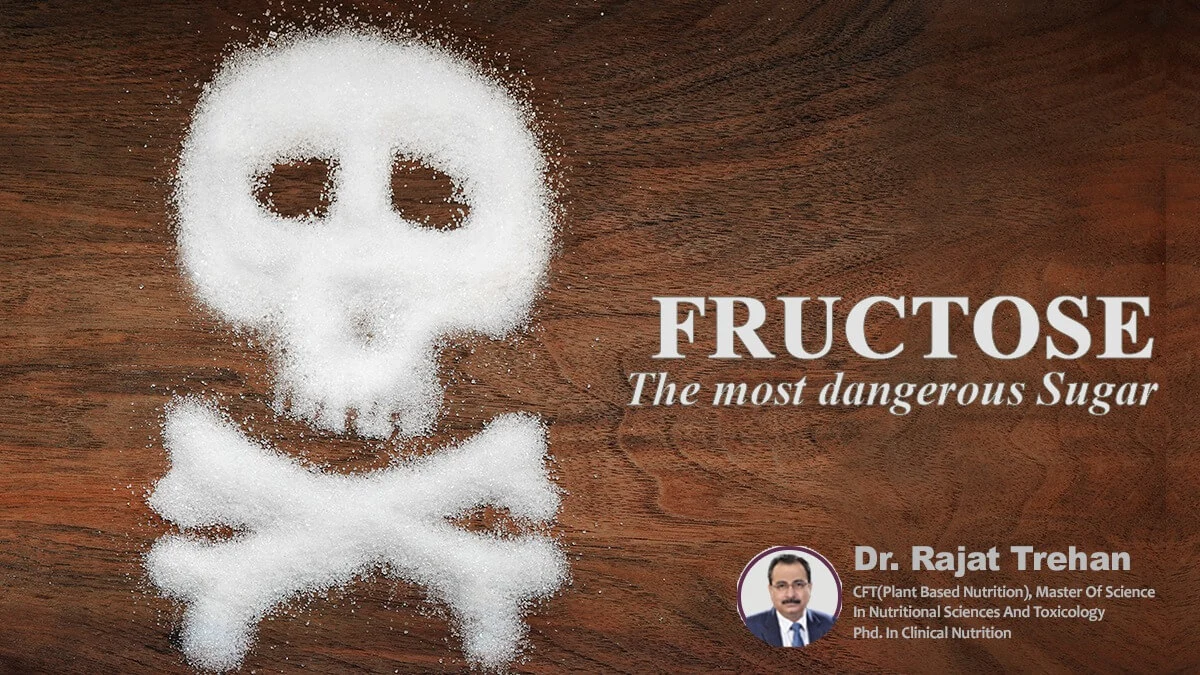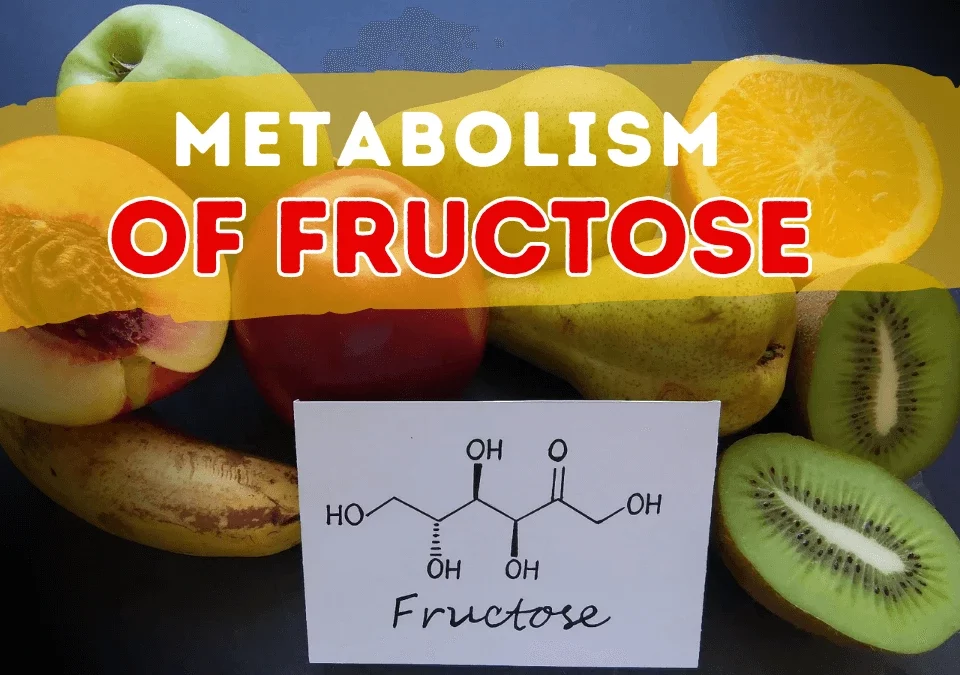Fructose: The most dangerous sugar

Fasting and Mental Health
May 27, 2023
I get hungry when I fast. What can I do?
August 5, 2023Did you know?
The table sugar sitting at your table consists of 50% of Fructose.
The primary energy source of your body is glucose. And sugar is made up of two major components: one is glucose and the other is Fructose. It is also known as monosaccharides.It provides four calories per gram.and it is also known as ‘fruit sugar’ as it is naturally present in many fruits and vegetables.
The list may go on, and you will learn many other interesting facts about Fructose. Besides this, there are many other things that you should know while you consume it daily.
What is Fructose?
In 1847, Augustin-Pierre Dubrunfaut, a French chemist, discovered Fructose. Fructose, or “fruit sugar”, as the name implies, is commonly found in almost all fruits and some vegetables. It is one of the three most common monosaccharides. The other two are known as galactose and glucose.
Are Fructose and Sugar the same thing?
As discussed above, Fructose is a naturally occurring sugar in many fruits and vegetables. Though the sugar occurs naturally, it is also found in agave syrup and high-fructose corn syrup, which is supposed to be harmful to the body.
Depending on the source it is coming from, Fructose can be identified as natural sugar or added sugar. If you are consuming grapes, apples, watermelon, asparagus, peas, etc., you are consuming natural forms of Fructose. But if you consume candies, cakes, cookies, ice-creams, yoghurts, pies, soft drinks, energy drinks, etc., you are consuming added sugars. In short, all packaged foods are considered high in added sugars (which can potentially lead to Type 2 diabetes, weight gain, and cardiovascular diseases).
Which is worse: Fructose or Sugar?
We get energy from the foods and beverages we consume, and sugar is a type of carbohydrate (a macronutrient) which provides power in the form of calories. Our cells need the energy to survive, and sugar is the primary source of delivering that energy. To understand this, we need to know the basics of sugar.
You might have heard about monosaccharides (single molecules) and disaccharides (consisting of two molecules), the subtypes of carbohydrates. Glucose, Fructose, and galactose fall under the category of monosaccharides. And sucrose, lactose, and maltose fall under disaccharide.
The primary source of glucose and Fructose is fruits and vegetables, lactose is found in dairy, and maltose is found in germinating grains.
Is Fructose bad for you?
Where each cell of the body can use glucose for energy, it is not the same in the case of Fructose. Fructose needs to be digested by the liver. And when glucose and Fructose are consumed in large amounts, it becomes difficult for the liver to digest Fructose completely, and it starts to convert it into fat.
And many scientists believe that it can lead to many serious diseases today. Therefore, it is asked to consume only 50 grams of Fructose per 2000 calories. Stay within the recommended value or ask your doctor for the right amount of fructose consumption according to your health needs.
Harmful effects of Fructose
Many studies have shown that consuming Fructose in the form of added sugar can lead to chronic diseases in humans. And as we discussed above, when consumed in large amounts, Fructose becomes difficult to digest by the liver. Some of the problems that you may face due to indigestion are:
Obesity
Liver disorders
Type 2 diabetes
Insulin resistance
Increased level of uric acid in the blood, which later may lead to Gout
It may also increase the levels of cholesterol
Fructose doesn’t suppress hunger as glucose, and it may lead to overeating
Conclusion
Fructose can be consumed daily when it comes from a natural source. For example, eating an apple a day will not put you on the path of diabetes or high blood cholesterol. But consuming packaged food will lead you there. All you need to do is beware of the amount of Fructose you include in your meals.







